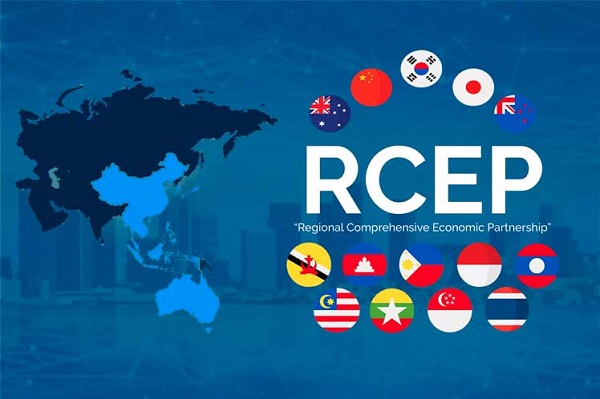The Philippines will soon join the Regional Comprehensive Economic Partnership (RCEP). In this article, we will analyze the two aspects of joining RCEP, for the Philippines.
The Regional Comprehensive Economic Partnership (RCEP) is a free trade agreement among 15 countries in the Asia-Pacific region, including the Philippines. As with any trade agreement, there are both positive and negative aspects to consider when assessing the impact of the Philippines joining RCEP. Here are some potential advantages and disadvantages:
Positive side of the Philippines joining RCEP:
- Increased market access: RCEP provides the Philippines with access to a larger market, comprising approximately 30% of the global population and around 30% of global GDP. This can open up new opportunities for Philippine businesses to export goods and services to member countries.
- Reduced trade barriers: RCEP aims to lower tariffs, eliminate trade barriers, and simplify customs procedures among member countries. This can make it easier and more cost-effective for Philippine exporters to trade within the region, enhancing competitiveness and expanding trade volumes.
- Attracting foreign direct investment (FDI): RCEP can potentially make the Philippines a more attractive destination for foreign investment. With the elimination or reduction of trade barriers, foreign companies may find it easier to invest in the Philippines, leading to increased capital inflows, technology transfers, and job creation.
- Economic diversification: Joining RCEP can encourage the Philippines to diversify its export markets. Overreliance on a few trading partners can make the economy vulnerable to external shocks. RCEP’s broad membership can help the Philippines reduce its dependence on specific markets and diversify its export destinations.
Negative side of the Philippines joining RCEP:
- Unequal competition: While RCEP can bring opportunities for Philippine businesses, it can also expose them to intense competition from more advanced economies within the region. Local industries that are less competitive or lack sufficient capacity to meet demand may face challenges in competing with cheaper imports from member countries.
- Impact on domestic industries: The removal of trade barriers can lead to an influx of imported goods and services. Sectors that are not yet fully developed or protected may struggle to compete with cheaper imports, potentially leading to job losses and negatively affecting certain industries.
- Economic dependency: Joining RCEP may increase the Philippines’ economic reliance on the region. While access to a larger market is beneficial, heavy reliance on exports to RCEP member countries can make the economy vulnerable to economic downturns or policy changes in those countries, affecting the Philippines’ economic stability.
- Intellectual property rights and labor standards: RCEP member countries have varying levels of intellectual property protection and labor standards. The Philippines may face challenges in ensuring that its intellectual property rights are adequately protected and that labor standards are not compromised, potentially affecting local industries and workers.
It’s important to note that the impact of the Philippines joining RCEP will depend on various factors, including the country’s readiness, competitiveness of its industries, and government policies to mitigate potential negative effects while maximizing the benefits of the agreement.
You can see a list of the Philippines IP firms here.

